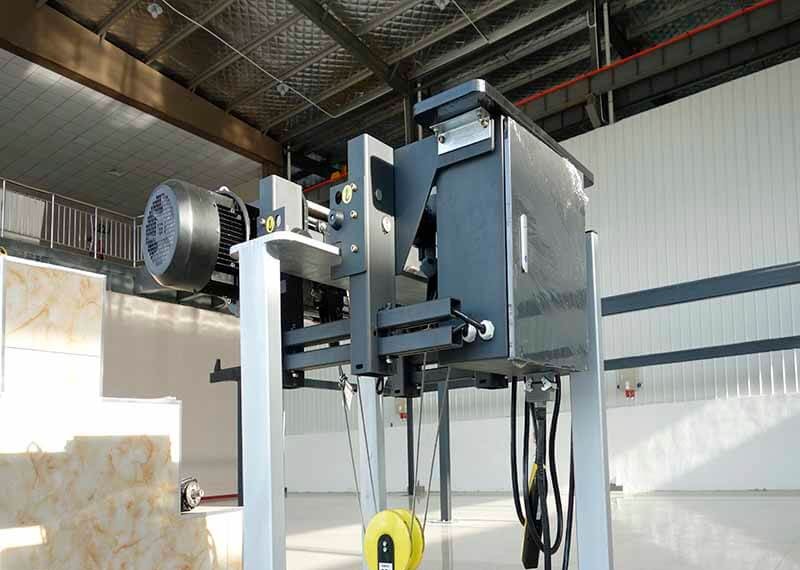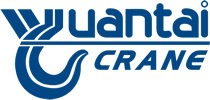
Selecting the Right Overhead Crane
APPLICATION FACTORSIN SELECtING AN OVERHEAD CRANE
1. Material Handling: Identify what type of material you will be handling with you crane is the first factor to consider. Determining whether you are moving a solid piece of steel vs. a hot liquid, or if you will be picking a variety of materials versusa specialized load can help your crane manufacturer design the ideal solution for your needs to minimize cost and maximize productivity.
2. Single or Double Girder: A Girder is the beam that spans the end trucks to form the bridge of the crane. For top running systems capacities from 1ton to 15 tons you will typically use a single girder design, although a double girder is occasionally used to gain-additional headroom. Overhead crane systems over 15 tons typically have a double girder design, to avoid loss of headroom (lift height) caused by the height of the girders required to handle heavier loads.
3. Load Rating: This is simply how much your pick up with your crane, be sure to take into account the weight any below the hook devices or rigging you will need to safely handle your load. For more information check out this video on how to determine capacity.
4. Service Rating: Service rating is the frequency of use of the crane, that is how many pick per day at a a certain percentage of capacity. In the United States this is a rating scale with a Class A- F.For more information read about duty ratings in this article...
5. Control / Speed: When moving your load how fast will you need to have it positioned and will you need single or double speed crane controls. Higher speed will mean higher cost, but you want to make sure that a slow crane is not a bottle neck in the productions line. Two speed controls will cost more, but can make precisely handling faster crane system easier and safer.
6. Top Running or Under Running: Determining this factor is mostly based upon your building and the type of crane you require. Under hung system are popular in lower capacities as they can be suspended from the ceiling of your facility allowing for more floor space, they are also a popular option in per-engineered workstation cranes. Top running cranes are typically used in larger systems or when the crane requires more headroom.
7. Electric, Air or Manual Power: Determining you power source is also important, air powered pneumatic system are popular solution in the automotive industry as well as in oil and natural gas crane system for their fast operation and available spark and explosion resistant options. Manual crane are very cost effective, but are only practical up to certain capacities. Most companies choose to use 3-phase electric to power their overhead cranes system, as it is a reliable cost effective option, single phase systems can also be built up to 2 tons.
8. Impact on production: An overhead crane is a large investment for most companies and you need to think about the placement within your facility and how it will impact the production of your shop. Work with your crane builder and your management to maximize plant layout prior to installation get the best return on investment.


